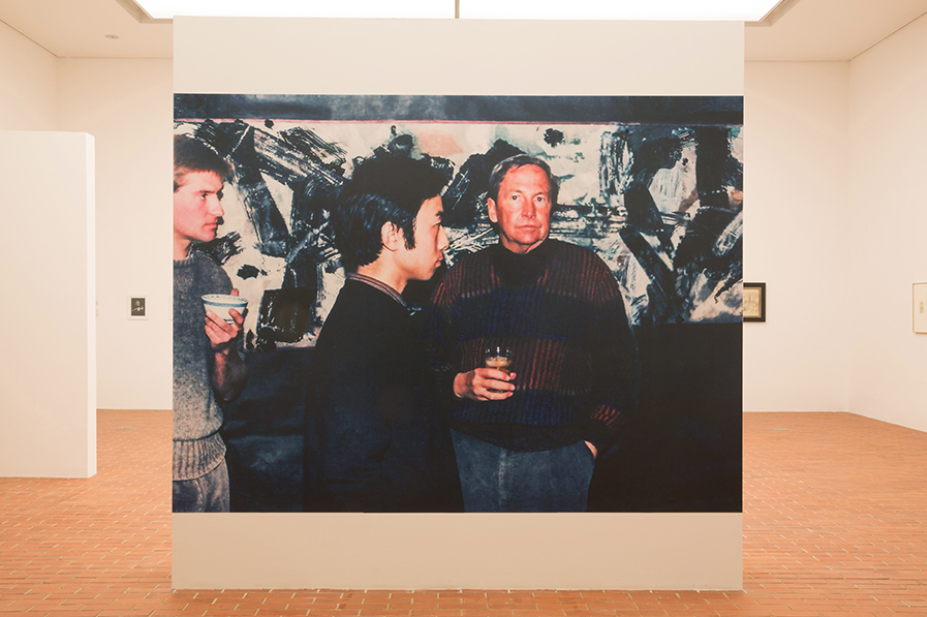Permanent Abstraction. Epiphanies of a Modern Form.
Curated by Su Wei, co-developed by Sonja Lau
Red Brick Art Museum, Beijing, 2016/17
We can see in “abstract” painting the imagination of the nation and the state and also private sensibilities, but despite this “abstract” painters are marginalized and sadly often not given a historical position. But this might only be the case if we perceive “abstract” painting from a modernist aesthetic perspective. From the 1930s onwards, revolutionary ideology, and from the 1950s onwards, the aesthetic ideology of mandatory realism, constructed a narrative that dominated Chinese culture. “Abstract” art was like a “present absentee” in these two societally and government-guided ideologies; “abstract” art experienced Chinese political and cultural history along with the rest of art, but it did not seem to exercise its political power or ability to construct history, its intrinsic perceptual power and long-standing inability to openly present its aesthetic sensibility meant it failed to claim its historical position. What we perceive as “abstraction” was repressed, broken, and without historical foundation; it existed in the shadows, scattered to all corners of history, so an aesthetic imagery form became an “abstract” structure.
Based on this focus on “abstract” structures, we might boldly infer that the history of “abstract” art as a canon does not give a full account of the history of the genre. This history compels us to look back and discover a new historical conclusion and interpretive space. Permanent Abstraction refers to a historical story that has not yet disappeared. “Abstract” methods move between the political and artistic realms, which are parasites of one another and move in ways that suit one another. Due to the differences in historical experience and aesthetic ideas brought about by spatial and temporal dislocation, Chinese aesthetic traditions and modernist transplantations did not emerge as the primary threads of this exhibition. We tended to intensify the disappearance of a totality that was absolute, which blurred the temporal and spatial transformations of history and coexisted with both the past and the present. Permanent Abstraction narrates a complex “eternal” attitude to time, drawing also on its absoluteness and authoritarianism. It is the „abstract,“ this modern identification of the everlasting but ever changing, a historical space-time transformation, but at the same time, it is also a kind of self-affirmation and self-mockery. On the basis of the interpretation of the metaphors of the images, the exhibition will use two narrative threads, „continuation“ and “repetition”, to stimulate the transformation, penetration and diversification of this artistic trope, as well as the unattainable desire that the authoritative and dominant narrative cannot illustrate.
With: Ding Yi, Eugen Popa, Li Jin, Liu Ding, K.M. Максимов, Ni Haifeng, Pang Xunqin, Triplicate Studio (Sui Jianguo, Zhan Wang and Yu Fan), Shi Zhenyu, Tang Jixiang and Yu Guohong, Wu Dayu, Wu Yinxian, Xie Nanxing, Yan Lei, Zhang Wei, Zhuang Yan

